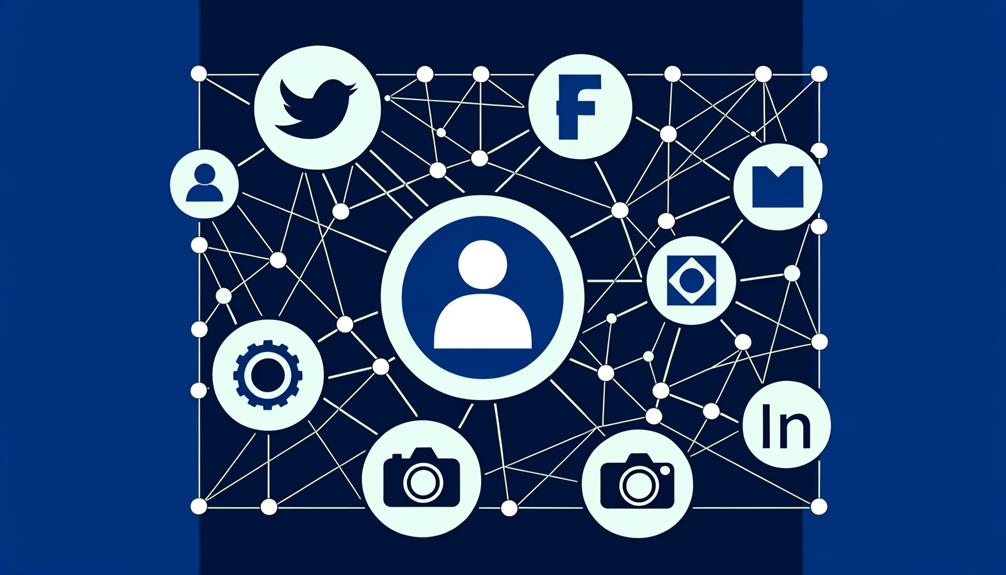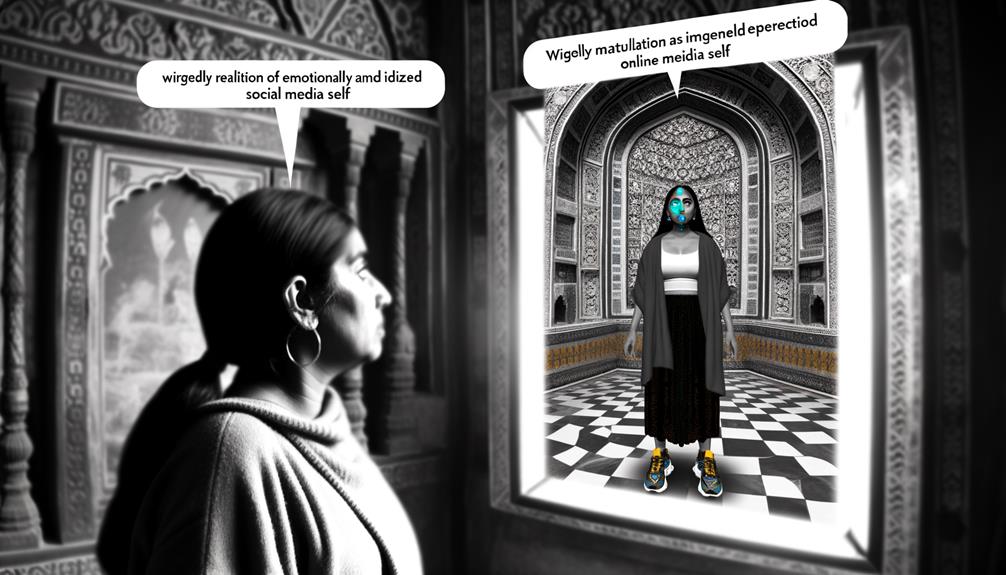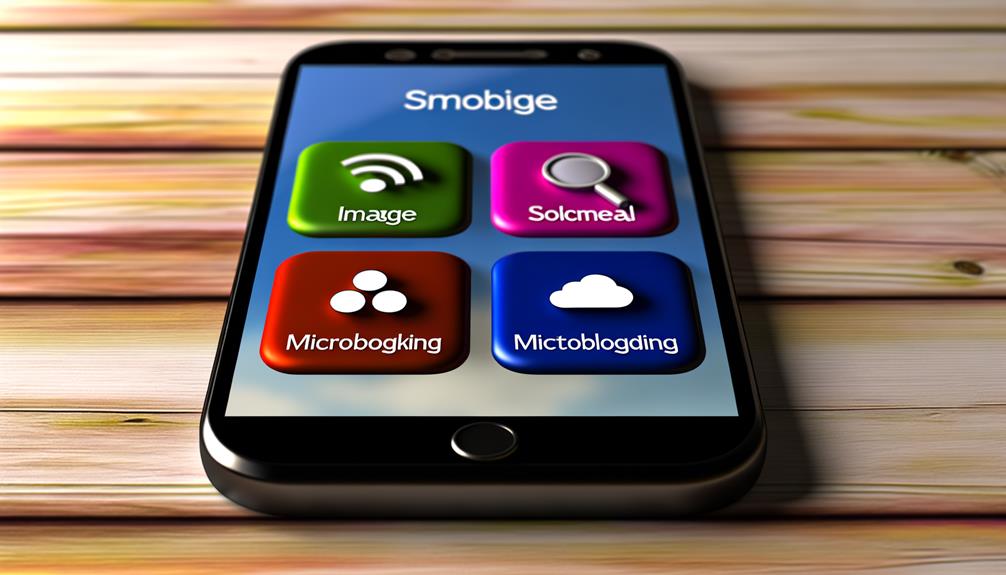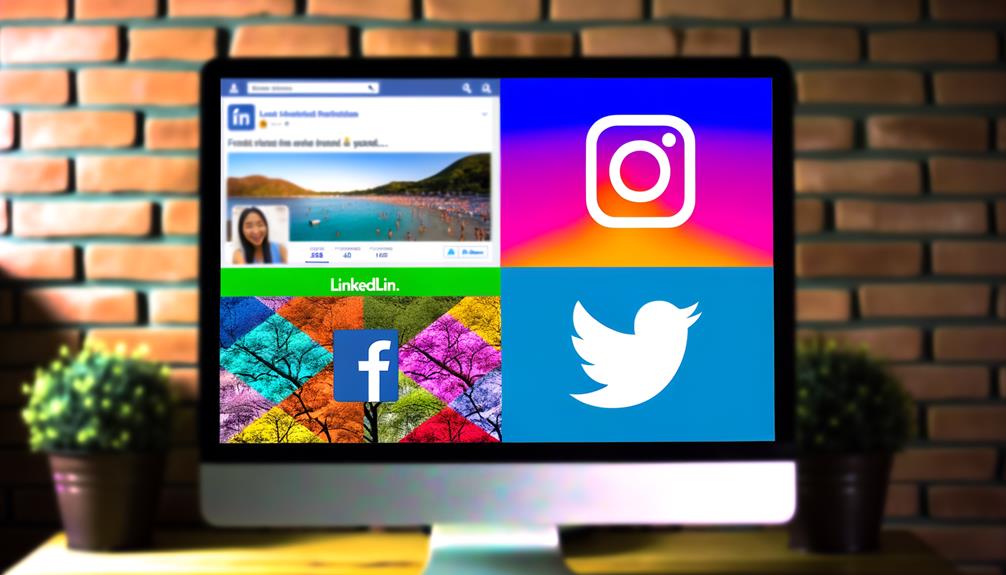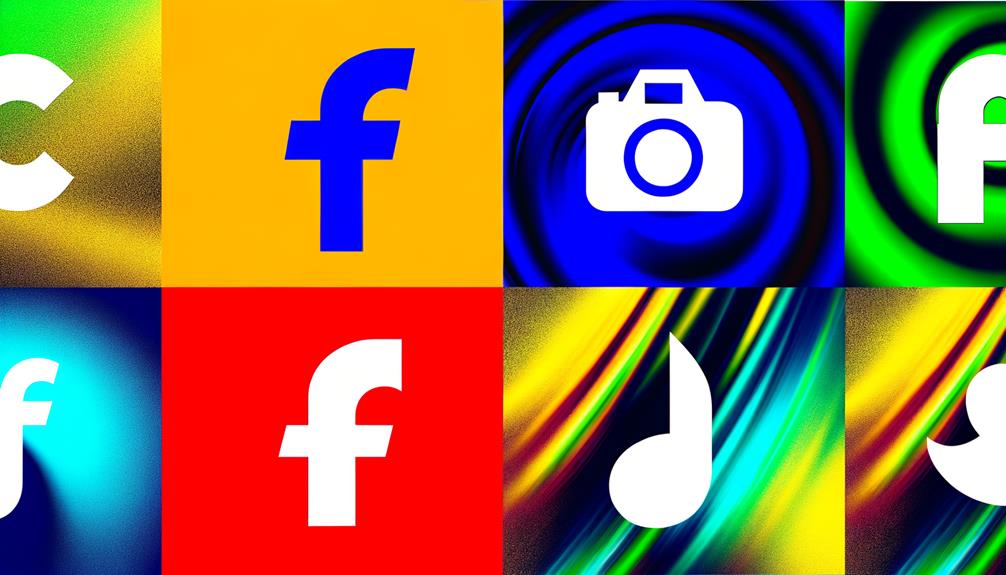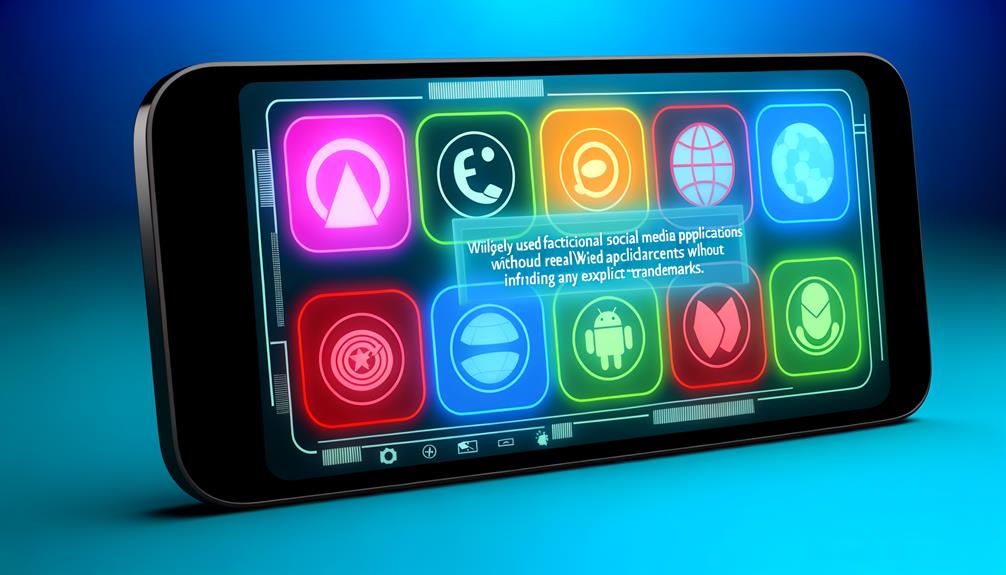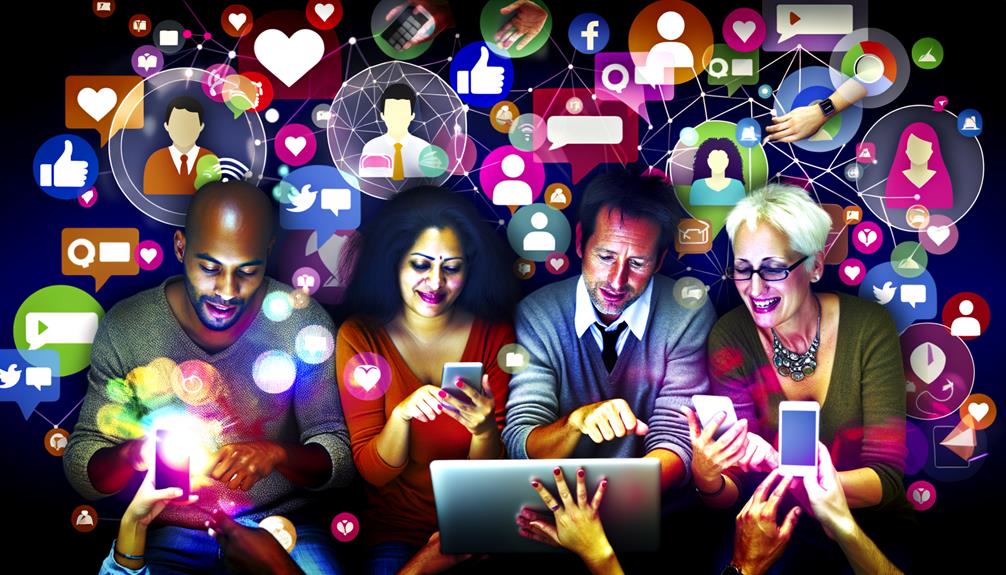Have you ever wondered that over 3.6 billion people worldwide are active social media users?
The world of social media is vast and constantly evolving, shaping how we communicate and interact in the digital age. Understanding its intricacies and mechanisms is crucial for navigating this virtual landscape effectively.
So, let’s shed light on the complexities of social media, unraveling what truly defines it and how it operates in our interconnected world.
Evolution of Social Media
The evolution of social media has transformed the way people connect and communicate online. Initially, social media platforms were simple and text-based, allowing users to share updates with friends and family. However, as technology advanced, social media expanded its capabilities, enabling users to share photos, videos, and even live streams. This shift towards visual content revolutionized online communication, making interactions more engaging and personal.
With the rise of smartphones, social media became more accessible, allowing people to connect anytime, anywhere. This increased connectivity led to the rapid spread of information and the formation of online communities based on shared interests, beliefs, or hobbies. Social media also became a powerful tool for businesses, enabling targeted advertising and direct engagement with customers.
Moreover, the evolution of social media gave rise to influencers and content creators who amassed large followings and shaped online trends. Today, social media continues to evolve, with new features constantly being introduced to enhance user experience and connectivity.
Types of Social Media platforms
As social media continues to evolve, it’s essential to understand the various types of platforms available for connecting and engaging with others online.
Here are five common types of social media platforms that you may encounter:
- Social Networking Sites: Platforms like Facebook, LinkedIn, and Twitter allow users to connect with others, share updates, and build networks.
- Microblogging Platforms: Websites such as Twitter and Tumblr enable users to share short-form content like text, images, and videos quickly.
- Photo Sharing Platforms: Instagram and Pinterest focus on sharing and discovering visual content, making them popular among photography enthusiasts and visual artists.
- Video Sharing Platforms: YouTube and TikTok are examples of platforms where users can upload, view, and share videos on various topics.
- Messaging Apps: Platforms like WhatsApp, Messenger, and Snapchat facilitate real-time communication through text, voice, and video messages.
Understanding the differences between these types of social media platforms can help you choose the ones that best suit your communication and sharing needs.
Key features and functions
To better comprehend the essence of social media, it’s crucial to delve into its key features and functionalities. Social media platforms typically allow you to create a profile, connect with others, and share various forms of content such as text, images, and videos. One key feature is the ability to engage with posts by liking, commenting, and sharing them with your network. This interactive nature fosters communication and collaboration among users.
Moreover, social media provides tools for customization, enabling you to tailor your feed based on your interests and preferences. Algorithms analyze your behavior to show you content that’s likely to be relevant to you. These platforms also offer messaging features, facilitating private conversations with individuals or groups.
Additionally, social media serves as a hub for news and information dissemination. Users can follow accounts to stay updated on current events, trends, and developments. The real-time nature of social media allows for instant sharing and consumption of content, making it a valuable resource for staying informed and connected.
Impact of Social Media on Society
Exploring the societal impact of social media reveals its profound influence on communication and behavior patterns. Social media has significantly shaped the way we interact and behave in society. Here are some key ways in which social media impacts our lives:
- Instant Communication: Social media allows you to connect with others instantly, breaking down geographical barriers.
- Information Sharing: It serves as a platform for sharing news, ideas, and personal experiences on a global scale.
- Influence on Opinion: Social media can sway public opinion on various topics through viral content and trends.
- Community Building: It facilitates the formation of online communities based on shared interests, hobbies, or beliefs.
- Privacy Concerns: Social media raises concerns about privacy and data security, affecting how we safeguard our personal information online.
These factors illustrate the multifaceted influence of social media on society, highlighting both its positive and negative impacts on communication and behavior.
Strategies for effective Social Media use
Implementing effective strategies for social media use can enhance your online presence and engagement levels significantly. One key strategy is to define your goals clearly. Determine whether you aim to increase brand awareness, drive website traffic, or boost sales. Tailoring your content to align with these objectives will help you create more focused and impactful posts.
Consistency is another crucial element. Regularly posting content keeps your audience engaged and helps build a loyal following. Create a content calendar to schedule posts in advance and maintain a consistent posting frequency. This will also ensure that you stay active and relevant on social media platforms.
Engagement with your audience is essential. Respond to comments, messages, and mentions promptly. Show genuine interest in your followers and create conversations around your content. This interaction not only strengthens relationships but also enhances your credibility and trustworthiness.
Utilizing analytics tools to track your performance is vital. Monitor key metrics like reach, engagement, and conversion rates to assess the effectiveness of your strategies. Adjust your approach based on these insights to continually improve your social media presence.
Conclusion
Just like a web of interconnected threads, social media weaves together individuals from all corners of the world. It serves as a virtual bridge, connecting people, ideas, and cultures in a digital landscape. As you navigate through the vast expanse of social media platforms, remember that each click, like, or share contributes to the intricate tapestry of online communication.
Embrace the power of social media to connect, engage, and inspire others in this ever-evolving digital age.

